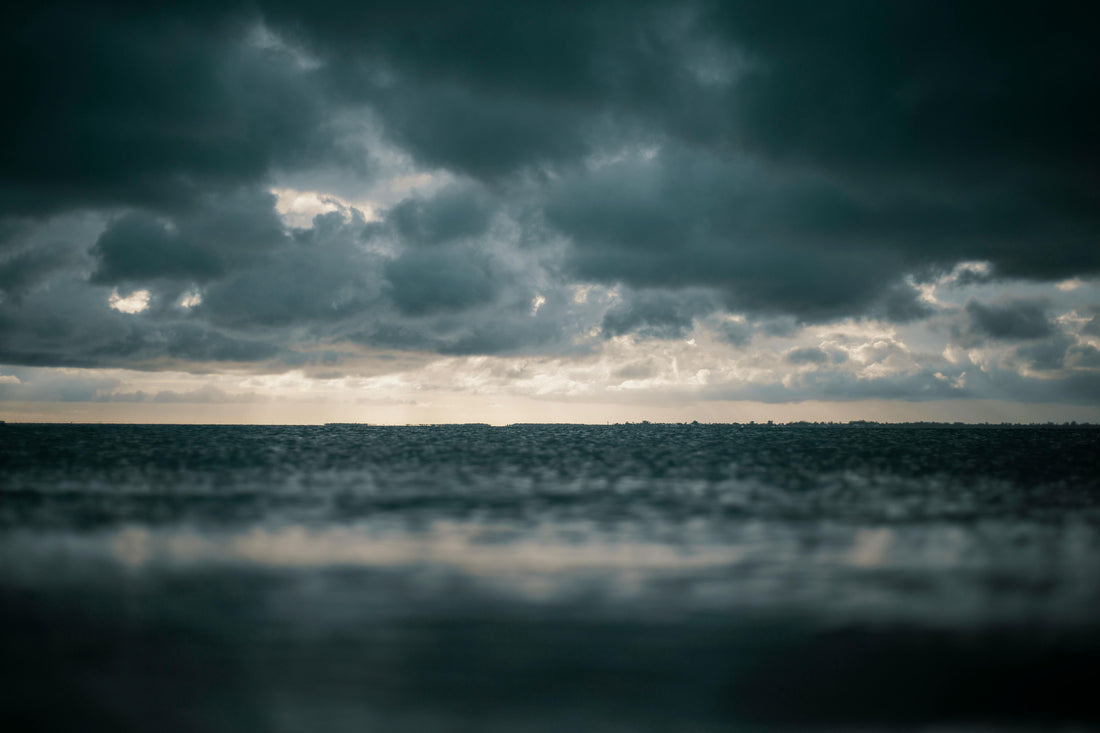Overcoming Challenges in Extreme Weather Photography – Shooting in Snow, Rain, or Scorching Heat
Extreme weather can be both a blessing and a challenge for travel photographers. Snow, rain, and heat each bring unique hurdles, but with preparation and technique, these conditions can elevate your work, adding drama and depth. Here’s how I approach photography in these environments:
Shooting in Snow
Snow transforms landscapes into amazing scenes, but it also requires care. Start with a tripod to stabilize your camera when shooting in low-light snowy conditions. Adjust your camera’s settings to overexpose slightly—snow can trick your camera into underexposing. I also keep batteries warm by storing spares close to my body since cold drains them quickly. Protective lens hoods and microfiber cloths help combat condensation.
Capturing Rainy Moments
Rain adds emotion to photographs, but it demands extra effort to protect your gear. Most camera bodies are weather sealed or even waterproof. But the lenses typically aren't. I rely on a rain cover for my camera and carry a waterproof bag. I also have a bag that has an attachment that acts as a poncho specifically for it. Choosing a waterproof bag adds you no more weight, it actually may be lighter material than regular packs. I cycle through different bags and if I know I'm going by the ocean, on a boat, or in a tropical area, I pack the waterproof bag. Alternatively I always have a plastic poncho for myself, which relatively adds little carrying weight.
Handling Scorching Heat
In intense heat, overheating gear and personal comfort are key concerns. I always carry a microfiber towel to wipe off sweat and moisture from my camera. UV filters and lens hoods reduce glare, and I avoid shooting during midday when shadows are harsh. For my safety, staying hydrated and taking breaks in the shade are non-negotiable.
Photography can distort reality, it can be creative, but I love it because you can see its limitations are still based in physics. Whether that is the technology inside or the external forces placed upon it. For example, I love to use Canon cameras and Canon lenses. Canon's telephoto lenses are coated in a white paint to reflect heat and protect the lens from overheating. These temperature fluctuations can change the physics, processing time and output of the lenses. As a lens heats in sunlight, it expands, affecting focus of the glass elements. This is particularly problematic for larger lenses. It's a constant reminder that there will always be constraints and work within them.
Additionally, Canon lenses aren't pure white, but rather a slightly off-white shade to avoid reflecting light too harshly and interfering with other photographers. White paint first appeared on Canon lenses in 1976.
Additionally, Canon lenses aren't pure white, but rather a slightly off-white shade to avoid reflecting light too harshly and interfering with other photographers. White paint first appeared on Canon lenses in 1976.
The most valuable tip? Embrace the elements and take a breath before you start. If you accept it, and breathe for one second before you begin opening and closing your shutter, you may just see something you'd otherwise hadn't. Be there. Extreme weather brings character to your images, revealing stories that clear skies might never tell. It also makes working with the final image that much sweeter. With the right mindset and preparation, each weather condition becomes an opportunity to capture something extraordinary. Always bring a backup pair of shoes as well in your carry-on while traveling.


